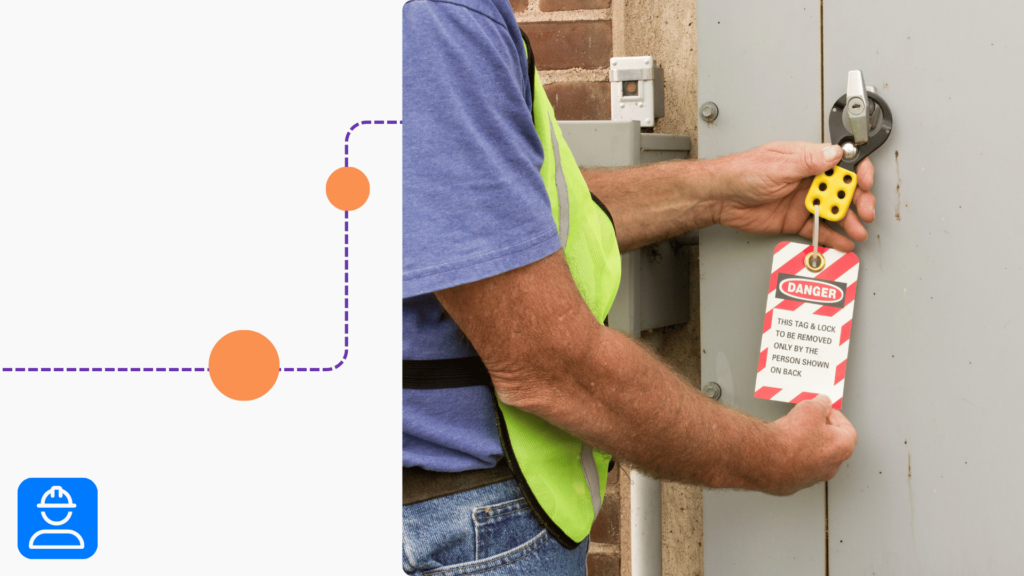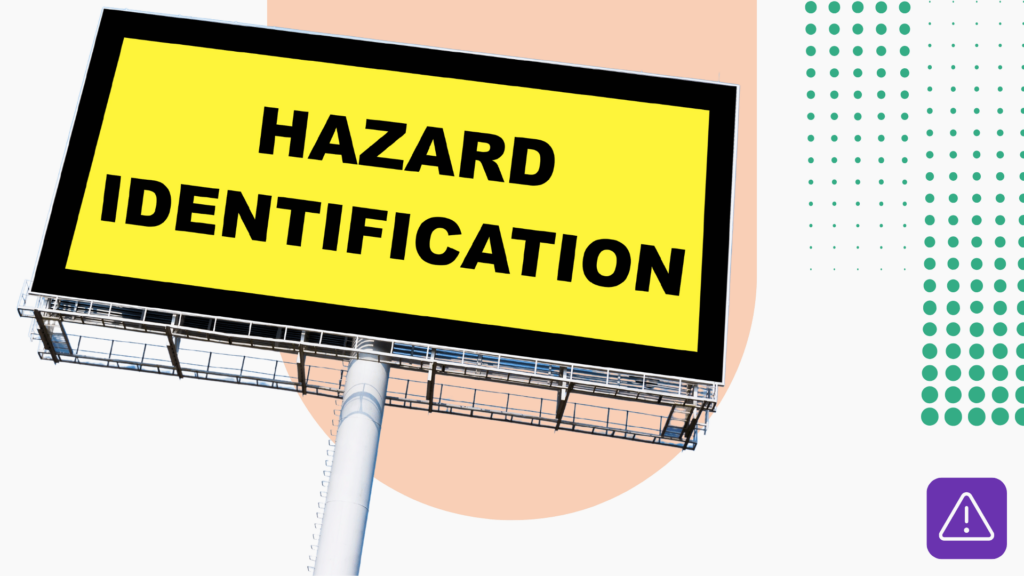Careful material handling (toolbox talk)
Most industrial jobs involve frequent movement of raw goods and materials from different locations within the processing facility. Because lifting and carrying is part of daily work, it’s easy to forget how dangerous it can be. Use this material handling toolbox talk to keep your team vigilant against hazards and risks.
Material handling toolbox talk overview
This toolbox talk will explain:
- Importance of proper handling techniques
- Risks of unsafe handling
- Best practices to follow
With the right level of awareness and a careful approach to each lift, we can all stay safe while getting the work done efficiently.
Importance of proper material handling
Keeping the right form while handling materials is especially important for preventing strains and sprains. Oftentimes, simply being aware of your movements is the difference between a safe lift and a painful back injury.
You also save energy when you make calculated movements with each lift. The more you think about the safest, most efficient way to transport materials, the less time and energy you expend.
As a company, we can be more productive and efficient when we work calmly and safely. The more mindful we are, the less likely we are to have slowdowns, equipment damage, safety incidents, and other unexpected issues.
Safety risks to consider
The main injuries associated with material handling incidents are strains, sprains, falls, and trips. Whether you’re carrying a standard size item or an awkward, unusual one, it’s important to consider the risks before attempting to move it.
Aside from the physical risks, there are also environmental ones to look out for. Always check your surroundings when you’re moving materials. A cluttered or disorganized workspace exponentially increases your risk of a trip or fall.
Safe material handling best practices
Here are some of the best practices you should follow when handling materials:
- Double check your workspace to make sure there aren’t any hazards in your path.
- Use equipment like pallet jacks, carts, or dollies to move heavy items.
- Decide how you’re going to move something before you try to do it.
- Always use a team lift to handle materials over the site’s max lift weight.
- Keep the materials that you’re moving as close to your body as you can.
- When you’re holding the load, make sure to turn with your feet instead of twisting.
- Never speed walk or run when you’re moving materials—slow and steady does it.
- Wear gloves and safety shoes to protect your hands and feet from cuts and bruises.
Mindfulness is key for safe materials handling. If you keep an eye on your work area and approach each lift with the same level of care, you should be able to work efficiently without getting injured.



